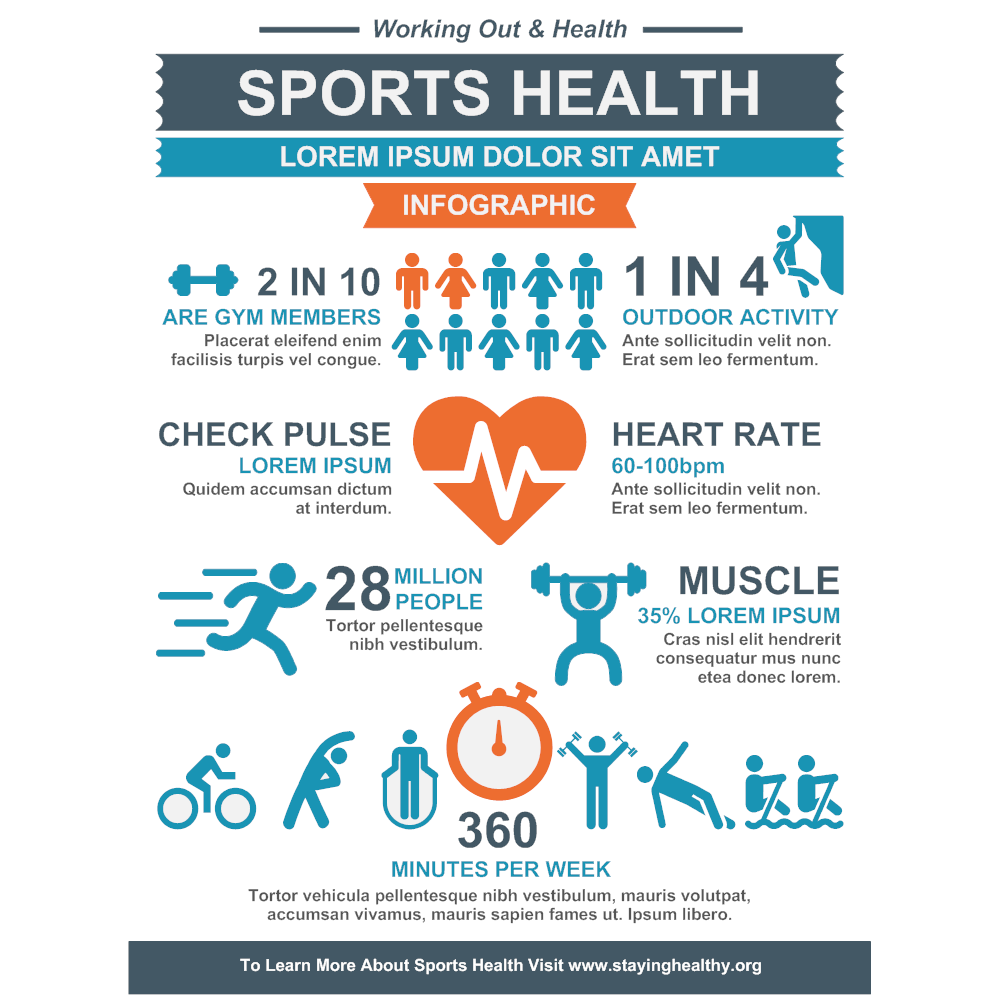Phases Of Rheumatoid Arthritis: How RA Creates

Uploaded By-Pollock Madden
If you're dealing with rheumatoid arthritis, understanding just how it progresses is crucial. The trip typically begins with refined signs and symptoms that can conveniently be neglected. As time goes on, those signs evolve, influencing your every day life in means you could not expect. It's important to identify these stages to handle your condition successfully. So, what can you expect as RA breakthroughs, and exactly how can you prepare for each action?
Beginning Signs And Symptoms and Medical Diagnosis
When you first observe consistent joint pain or tightness, it might be easy to disregard it as simply a part of aging or overexertion. Nevertheless, these early signs and symptoms can signal rheumatoid arthritis (RA).
You could experience swelling, warmth, and inflammation in your joints, especially in the hands and feet. Early morning tightness lasting more than an hour is an additional common indication.
It's vital to focus on these signs, as very early diagnosis can significantly influence your treatment alternatives. If look here think RA, consult your doctor for a complete analysis.
Blood tests determining swelling markers and rheumatoid variable can aid in diagnosing the condition. Very early intervention allows you to manage signs and symptoms far better and decreases the progression of the illness.
Moderate Phase Features and Monitoring
As rheumatoid arthritis advances to the modest stage, you may notice enhanced joint damage and a greater influence on your life.
You could experience extra constant pain and rigidity, particularly in the morning. Swelling could be much more noticable, affecting your ability to perform daily tasks.
It's vital to handle these signs and symptoms proactively. https://jeremiah-ardis.blogbright.net/what-are-the-vital-distinctions-in-between-rheumatoid-arthritis-and-osteo-arthritis-and-just-how-can-this-understanding-enhance-your-well-being-discover-the-solutions-within may recommend a combination of drugs, consisting of disease-modifying antirheumatic medications (DMARDs) and nonsteroidal anti-inflammatory medications (NSAIDs) to help regulate swelling and discomfort.
Physical treatment can likewise play an important function in keeping movement and toughness. Integrating gentle exercises, like swimming or yoga exercise, can boost your total well-being.
Staying conscious of your body's signals and making necessary adjustments will certainly aid you navigate this stage successfully.
Advanced Phase Implications and Therapy Options
In the advanced stage of rheumatoid arthritis, joint damages may become significant, resulting in reduced mobility and boosted discomfort.
You might discover everyday tasks testing, influencing your lifestyle. It's vital to function carefully with your healthcare provider to explore therapy choices.
Disease-modifying antirheumatic drugs (DMARDs) can aid reduce progression, while biologics target certain pathways to reduce swelling.
Discomfort monitoring approaches, including nonsteroidal anti-inflammatory medications (NSAIDs) and corticosteroids, can relieve pain.
Physical therapy can improve wheelchair and toughness. Furthermore, way of life adjustments, like a balanced diet regimen and normal exercise, can enhance your total well-being.
Do not be reluctant to go over any kind of worry about your physician; very early treatment can make a substantial difference in taking care of symptoms and keeping function.
Final thought
To conclude, recognizing just how rheumatoid arthritis proceeds is essential for handling your signs effectively. By identifying early indicators, you can look for prompt diagnosis and therapy, potentially reducing the condition's improvement. As RA progresses to moderate and advanced stages, staying aggressive with medication, physical treatment, and lifestyle modifications becomes crucial. You're not the only one in this trip; assistance is readily available to help you maintain your lifestyle and handle the obstacles that included RA.

